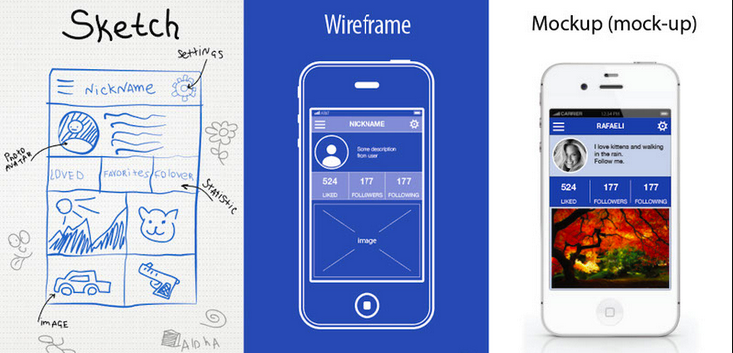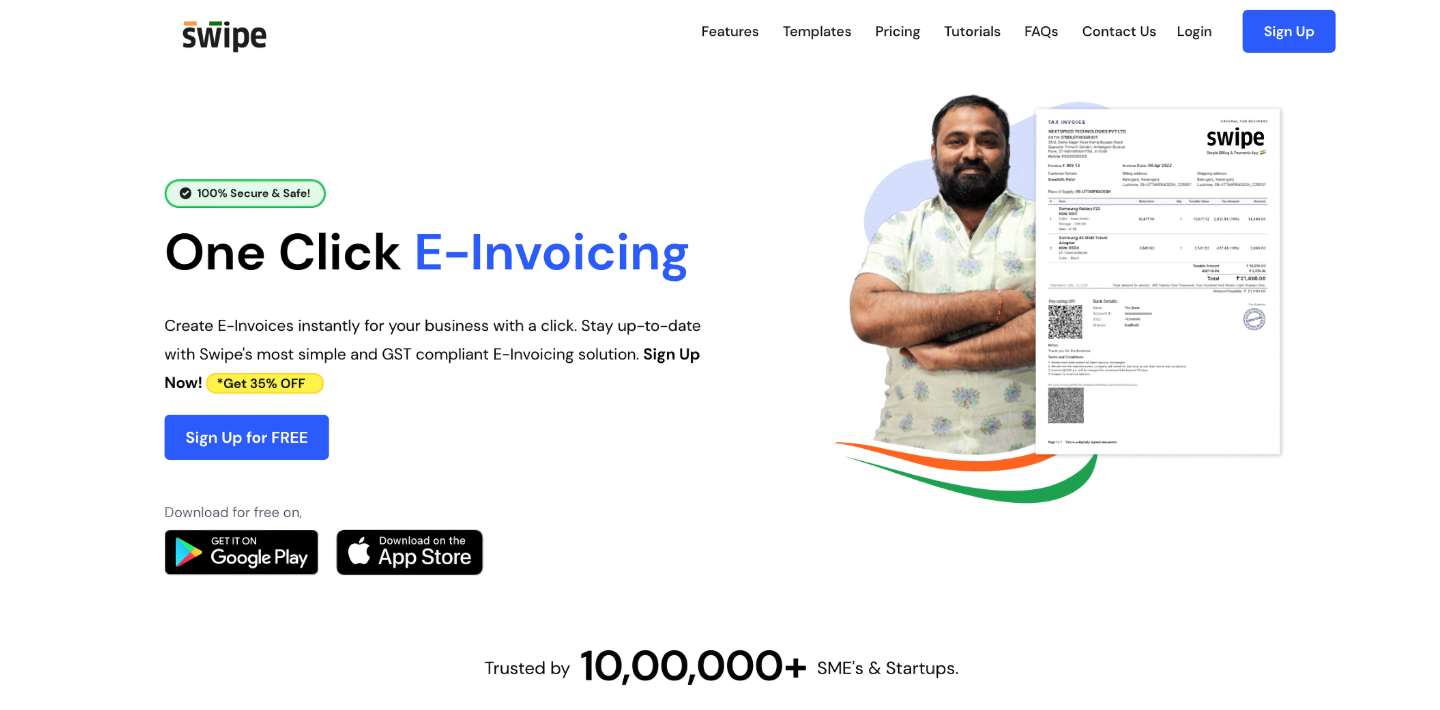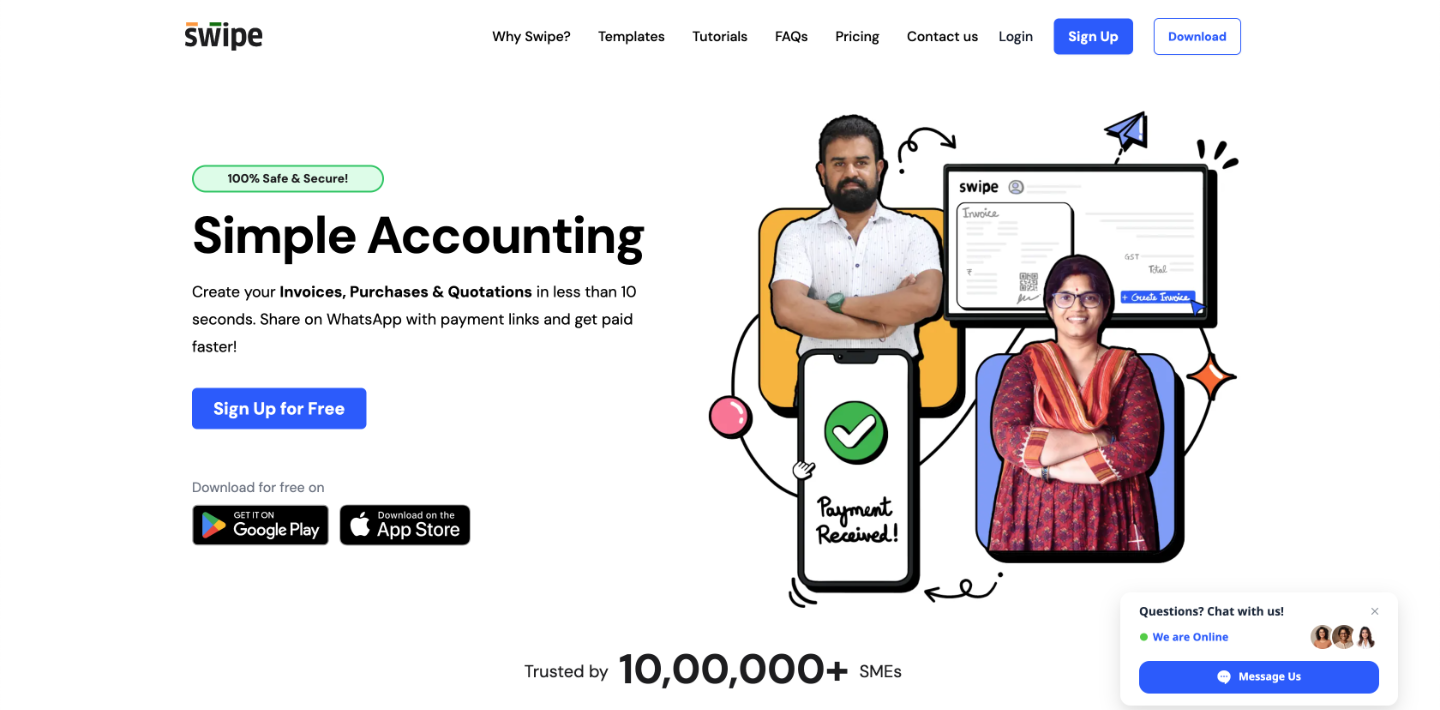
Designing a new product for your business, whether it’s the basis for a new startup or the latest addition to a long-running enterprise, is exciting but challenging. It’s a new opportunity to redefine your brand and establish a new line of revenue, but it also demands creative thinking—and you can’t force creativity. On top of that, you’ll need to consider your product from a liability standpoint, and predict all the ways it could be misused, so you can compensate for them.
Fortunately, there are some tips that can help you overcome these challenges, sparking your creativity, maximizing your productivity, and allowing you the thoroughness you need to finish a great product—in record time.
Product Design Tips
These tips should help you design the first draft for a product in a week—or even less:
- Get the right software on your side. Before you try anything else, make sure you’re invested in the right software. A good software product should make it easier for you to sketch out your rough ideas, and polish your most promising ones. It should give you the freedom to express your own unique design style, and visualize that style in a live environment. If your program is clunky, hard to use, or out of date, it’s time for an upgrade.
- Make functionality your top priority. Many product designers are tempted to make something beautiful, or chock a new product full of exciting features, but it’s better to focus on functionality first. How is your target audience going to use this? What problem is it going to solve? And of course, how effectively can this product solve it?
- Embrace any and all ideas. During the early stages of your product design, be open to any and all ideas, even if they don’t seem like “good” ideas at first. Talk to your team, other product designers, and even members of your target audience to fuel your brainstorming efforts. Every new perspective will broaden yours, and give you more potential threads to follow in your final design.
- Take lots of breaks. It may seem counterintuitive to take lots of breaks when you’re trying to design a new product as quickly as possible, but the logic here is sound; being unoccupied, and giving your mind space between tasks is critical for coming up with more creative ideas. Accordingly, it’s a good idea to take short breaks frequently throughout the day, and take a day off in the middle of your brainstorming session.
- Make it simpler. Simplicity is the pinnacle of modern design. Once you have your first draft of the product in motion, take a moment to see if you can make it simpler in any way, by cutting unnecessary features or reducing its size and scope.
- Challenge its intuitiveness. By the time you’re polishing the first draft, the new product is going to seem intuitive to you. But how intuitive is it going to be to the people around you? It’s important to challenge your own assumptions about how easy and understandable this product is, so show it to others, and assume by default that it’s hard to understand.
- Don’t be afraid to let your ideas go. Good ideas don’t always make good products. It’s important to embrace this as reality, and be unafraid to let even your best ideas go if they aren’t working for the full design.
- Test it in a virtual environment. If you can, simulate the product and test it in a virtual environment. This is a chance to examine its flaws and weaknesses, without any risks or excessive costs.
- Test it in a live environment. Once tested in a virtual environment, you can test it in a live environment. Bring in real people to use your product, or enlist the help of online users to try it out.
- Try to break it. Your quality assurance (QA) team is responsible for using your product heavily, in multiple different ways—including ones that may be counterintuitive. Charge them with the task of breaking your product, intentionally. If they can’t do it, you’ll know you have something solid.
Meeting the Deadline
Every project is different, so five days may not be enough to guarantee a completed version of your new product design. Regardless, these tips can help you get through the early stages of the creative process faster and more efficiently than ever before. Don’t be discouraged if it takes you longer than you anticipated, or if you get through the bulk of the phases of design only to find your core concept doesn’t work; these obstacles are common, and you’ll need to accept and move past them if you want to be a success.















